Mist shrouds the valleys the day we leave Tokyo for the countryside along the Hokuriku line. It seems appropriate that after days in the city of neon lights and chaos we should find ourselves in foggy temple gardens, tip-toeing between mossy paths and unflowering cherry blossom trees. While Tokyo holds its own magnetic charms, there seems to be a certain silent magic in the untouched regions of Japan- and Hokuriku is one of the countries least discovered, at least for now.
Nestled between Tokyo, the Sea of Japan and the Japanese Alps, the Hokuriku region is one of countryside, agricultural living, Zen Buddhism and traditional crafts. In 2015, the Hokuriku bullet train began from Tokyo to Kawazawa, a large city on the Northern Coast of Hokuriku with ancient traditions and a Geisha culture similar to Kyoto. The line brought with it easy access to one of Japan’s most undeveloped tourist regions. With the Tokyo Olympics coming in 2020, it is likely that will change and tourist numbers are already beginning to grow.
At the end of 2014, Lonely Planet named Hokuriku one of the – high praise for this previously undocumented region. It’s an area with incredibly easy connections from Tokyo, yet one which will open up an entirely different world to the one you will find in the glowing capital. Here is a place of unwritten charm, local crafts, warm locals and unique food. The area intrigued me from the moment I read about it, so I went along to explore and see what all the fuss was about.
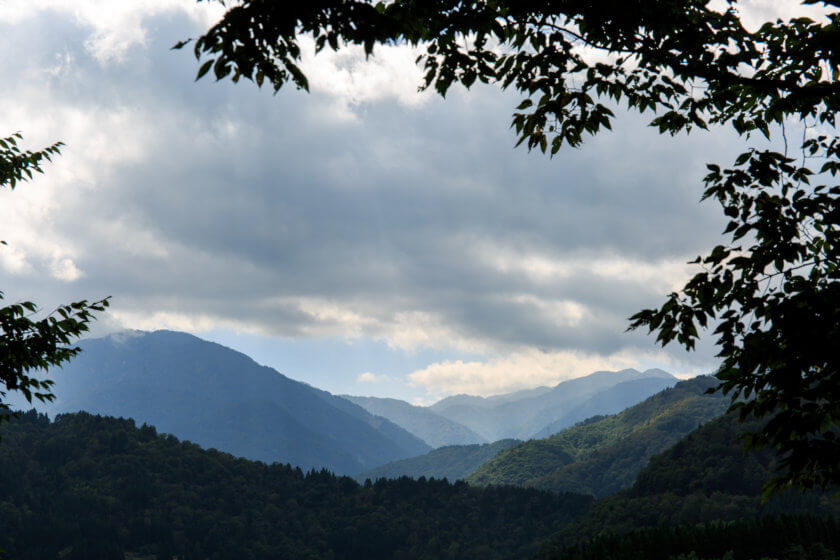
Saitama
We arrive in Saitama Provence after an early evening drive through Tokyo’s pink trodden skies. Immediately, the air feels cooler, less humid, and the morning brings thick fog and spattering of rain showers. We’re in Kawagoe, a town filled with Edo style architecture, ancient temples and the remains of the Kawagoe castle.
The misty gardens of the Nakain Temples are our first stop. It’s early morning and there’s something special about the combination of light rain and the overgrown landscape gardens which surround the temple structures. Nearby, the Kitain Temples and Palace remains offer a unique glimpse into the Edo period. A highlight of the area is the Gohyaku Rakan statues, 540 statues of Buddhas each with uniquely sculptured faces.
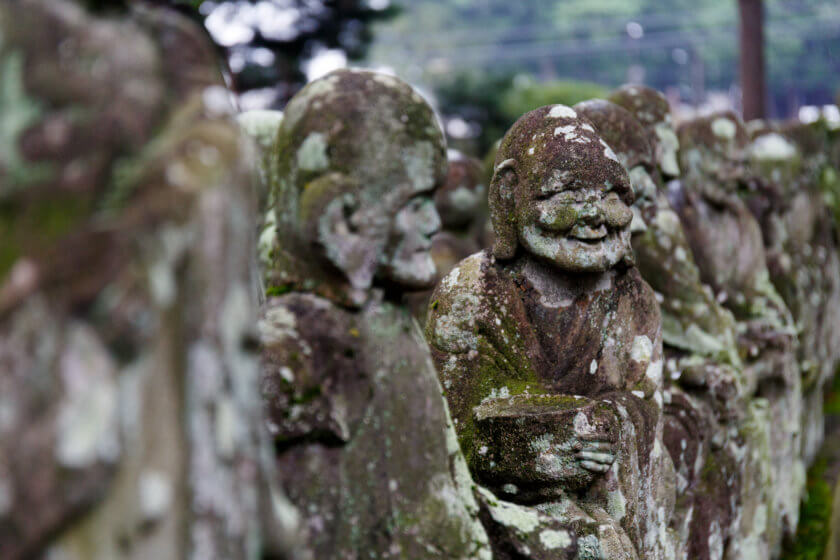
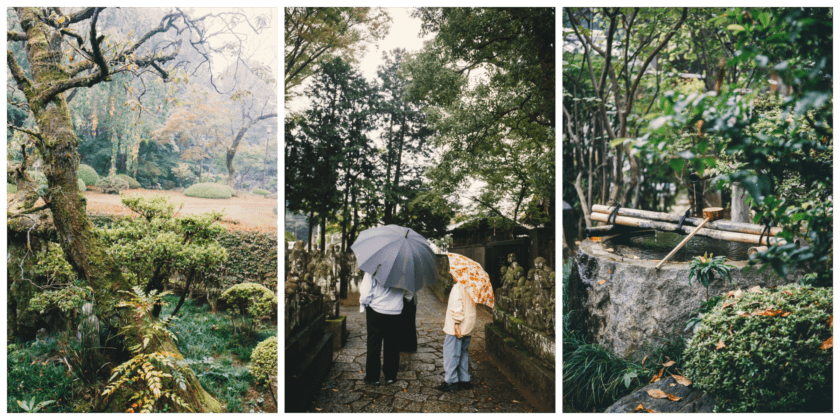
The town’s history is rooted deep in its Edo roots, but it is also known for its Green tea trade and Old Storehouse Street– an area of Kurazukuri architecture. As in many areas of Tokyo, the original buildings were mostly bombed during the war or burnt down in fires, but it has been recreated in a way which preserves the feeling of going back in time. We visit green tea stalls and knife makers; it seems traditional well-made crafts prevail here as we come to find more and more as we head further into Hokuriku. Here, original art and pieces made in Japan are preferred to the cheap tat of Harajuku which now reigns supreme in many of Japan’s cities.
I recommend dinner at the Imozen Restaurant, which makes just about everything from locally produced sweet potatoes – from the beer, to the soups, to the tempura.
Kawagoe is located only 30 minutes by train from central Tokyo.
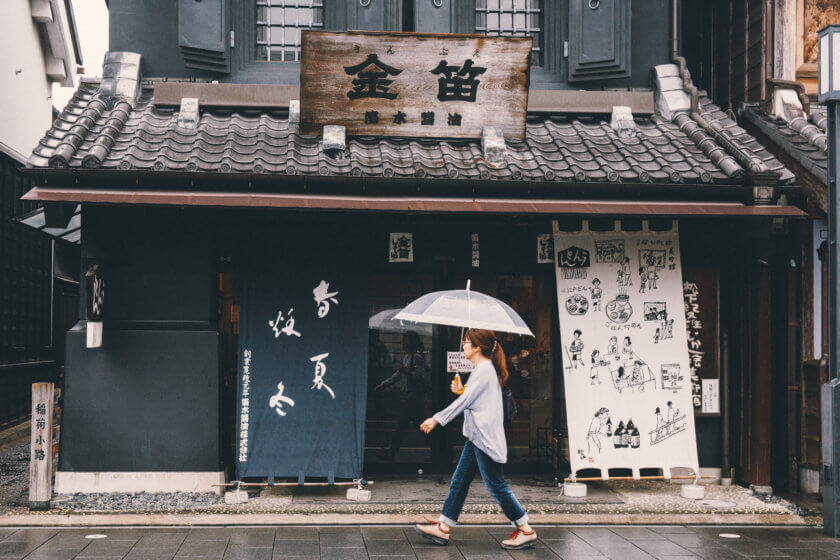
Nigata
The fast train begins as we head into Nigata prefecture, our first taste of the Hokuriku region. Our first stop is Joetsu Myoko, a mountain town famed for its ski slopes and evening illumination shows. Unfortunately, we were too early in the year to capture any of the white powder, and instead we spent an evening strolling up and down hills blanketed in lights. Initially I felt like the Myoko Happiness Illuminations might be a little over the top for my tastes, but the spectacle was so impressive it was hard not to be awe-struck by the millions of lights and sounds. It’s one hell of a show if you are in the area.
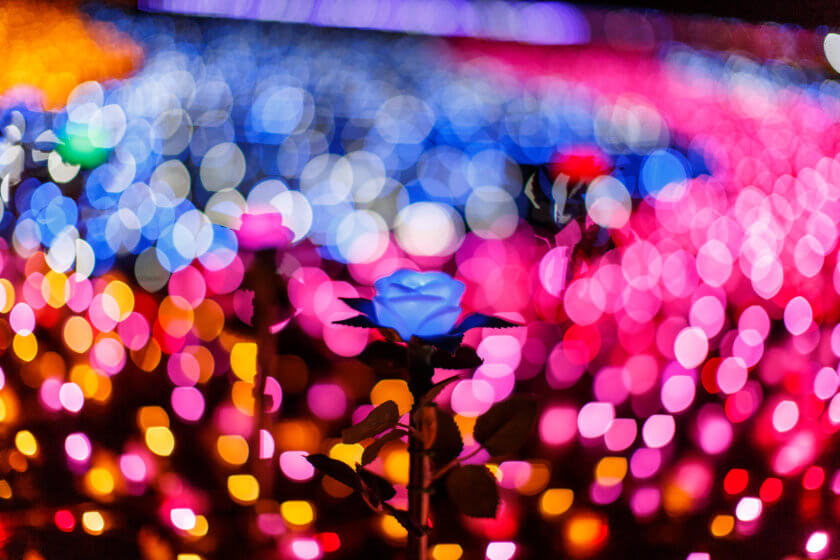
The next morning, the view from my window is completely cloaked in mist. We’re deep in the mountains and autumn has become more apparent, with changing leaves and crisp morning air. We head through the hills and the city of Myoko to the Kiminoi Sake Brewery. Sake, or rice wine, is an integral part of Japanese cuisine and observing the process in a small boutique brewery is a unique experience when in rural Japan. Whilst the clear Sake feels bitter to my tastebuds, it’s the darker breed, infused with plums, which sits warm in my stomach.
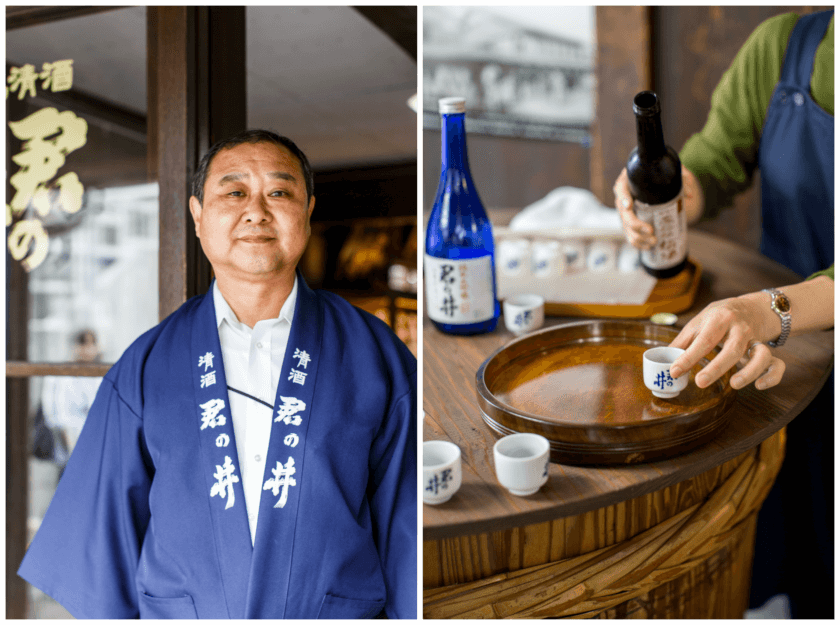
Another highlight of the region is the Rinsenji Temple– shrouded in forrest and surrounded by mossy paths, the surroundings of the temple are some of the most beautiful I’ve seen in Japan.
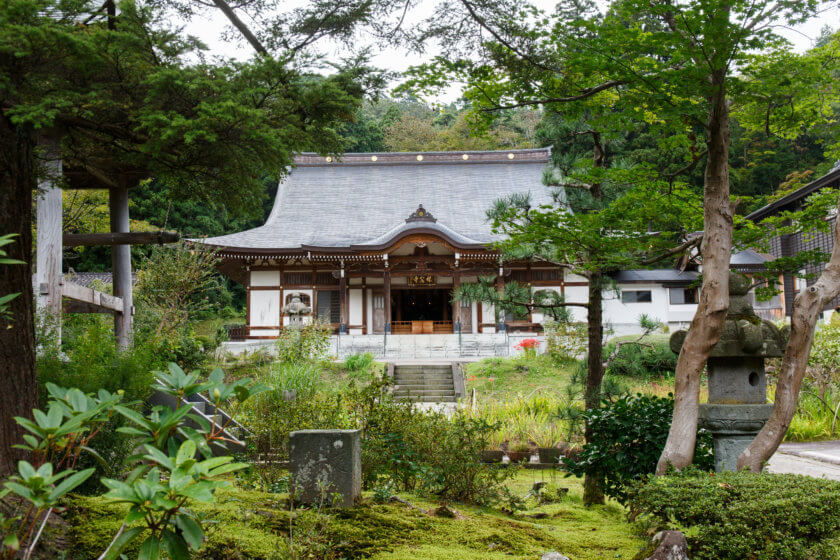
Much of the region seems shut down for the season, but we’re told during winter through to Cherry Blossom Season it offers some of the most beautiful sites in the country, from snow-covered mountain peaks to pink-laned parks. For now though, we enjoy the local food, landscapes and yet another cup of Sake…
Joetsu Myoko is around 2 hours by train from Tokyo, or one hour from Kanazawa, on the Hokuriku line.
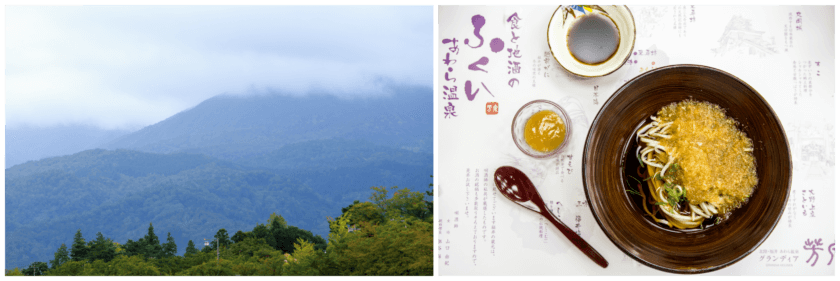
Fukui
I wake up in Fukui in a Ryokan- a traditional Japanese hotel complete with sliding doors, a futon bed and a morning pot of green tea, looking out onto yellow rice fields. It’s one of the most memorable mornings for me in Japan, and it turns into one of the most memorable days in Hokuriku, as Fukui becomes my favourite region we visit.
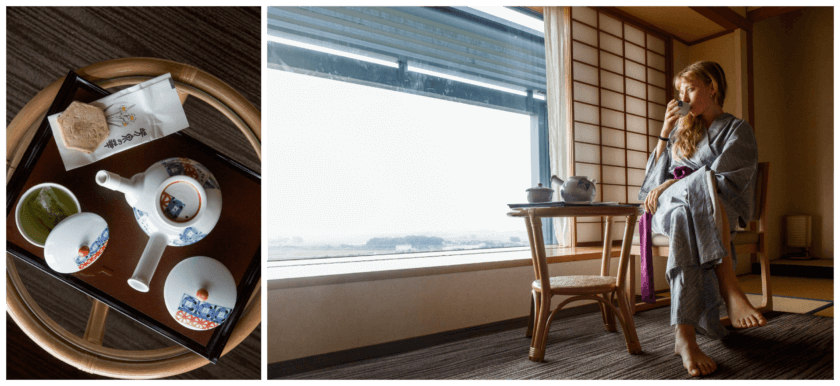
Before we head towards the Zen temples this region is famed for, our first stop is the Echizen Washi Paper Village. The paper made here is the leading hand-made paper in Japan, and it was also the paper of choice for Japan’s first paper money. Nowadays, the workshops have opened their doors to tourists and local children alike, and it is possible to both watch the traditional paper making process and also make your own paper. The Paper Village has a great gift shop with lots of unique and very well priced souvenirs and stationary.
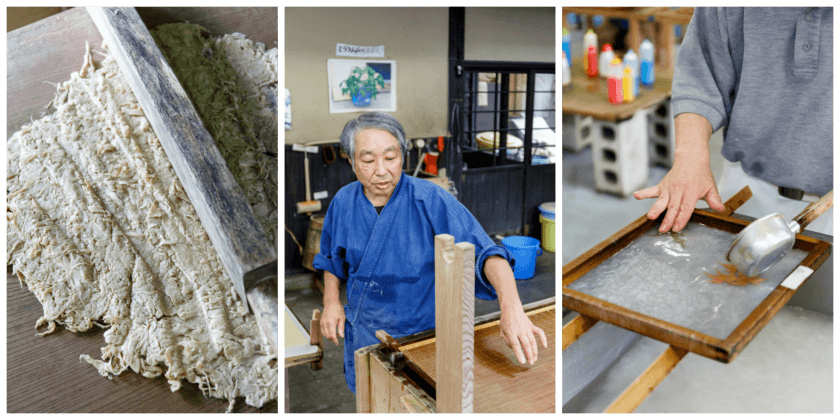
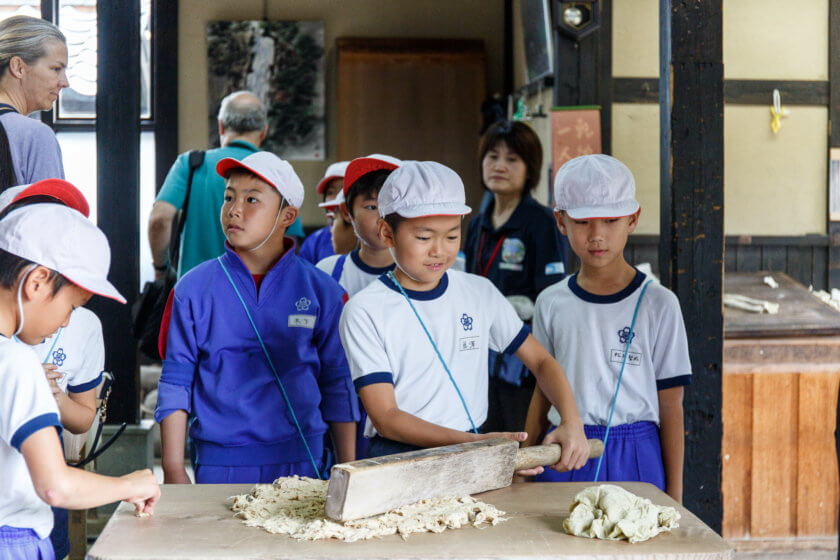
We head deeper into the mountains and to the heart of Fukui to experience its Zen traditions at the Eiheji Temple, the head temple of the Soto school of Zen Buddhism and established by Dogen Zenji, the founder of the Soto school in 1224. We enter just as a typhoon begins outside, escaping from heavy winds and pouring rain into the sanctuary of its wooden walls. Inside the main prayer hall, monks chant soft prayers, sat in lines of black and grey robes.
Located in a small town, surrounded by forested mountains, the area turns out to be just as charming as the temple. It is possible to stay overnight in the temple, where you will eat the same vegetarian meals as the monks and meditate with them during the evening and morning. You can see more information . I heard there are also a few other guest houses in the town, as well as souvenir shops and some of Japan’s best vegetarian food.
Near to the temple, the Sachiya Restaurant was one of my favourite dining experiences in Hokuriku. Located on a hillside at the temple entrance, the modern building contrasts with the thick green surroundings. Tofu is the speciality here and made in house, while everything on the menu is completely vegan. While Japanese food tends to be fish and meat heavy, it’s a wonderful surprise for me to find a place which specialises in making tofu, mushrooms and other vegetables in the traditional Japanese style. The meal is finished off with soy milk chocolate deserts, and it’s worth stopping here for the chocolate truffles alone.
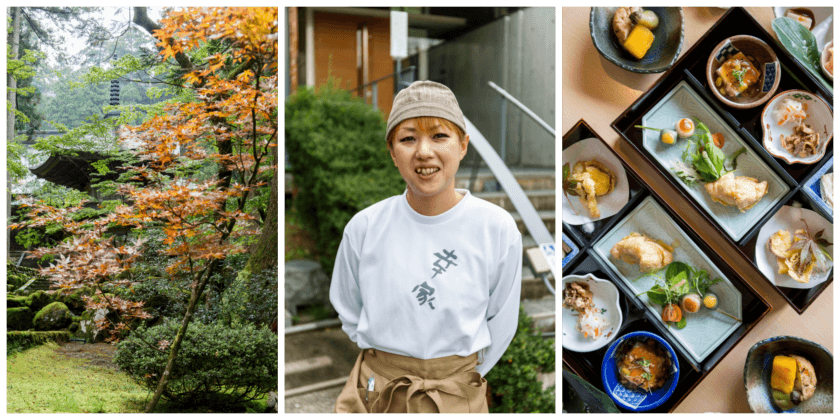
We leave Fukui feeling like we have only just scratched the surface on this region. We end the day in an outdoor Onsen, as the final typhoon raindrops spit down on my face under a starry sky.
Gifu
The next morning we are in Takayama, with a whole new prefecture to explore: Gifu. The area is close to Kyoto and Osaka, making it the most touristed area we visited in Hokuriku, and also one of the most charming. Takayama is a well preserved old town filled with wooden shop fronts and unique patterned bay windows. Most shops sell souvenirs, local Sake or crafts such as pottery. There’s also a number of food outlets and it’s worth checking out Cha-no-me for their green tea, vanilla ice cream and range of Matcha flavoured deserts.
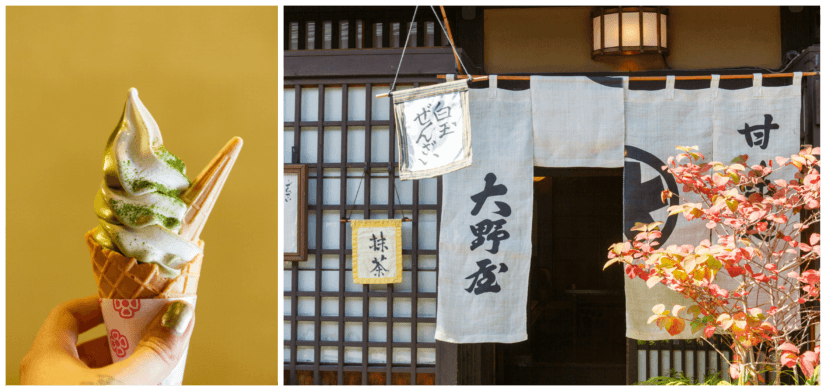
The nearby morning market outside the Takayama Jinya is filled with local apples and bunches of bright yellow flowers.

Around an hours drive from Takayama is the Shirakawa-go Village, a UNESCO World Heritage Site featuring 110 folk houses each with thatched roofs in the gassho style. Each house is said to mimic the praying hands gesture, and the whole village retains a spiritual feel despite the hoards of domestic tourists running around with cameras. You can reach the village in a day trip from Takayama but if you have the time, a number of the gassho houses are run as guest accommodation for tourists. I imagine waking up to thick forests, mountains and a Japanese breakfast in these surroundings to be a very special experience. I’ve heard in snowfall it’s extra special.
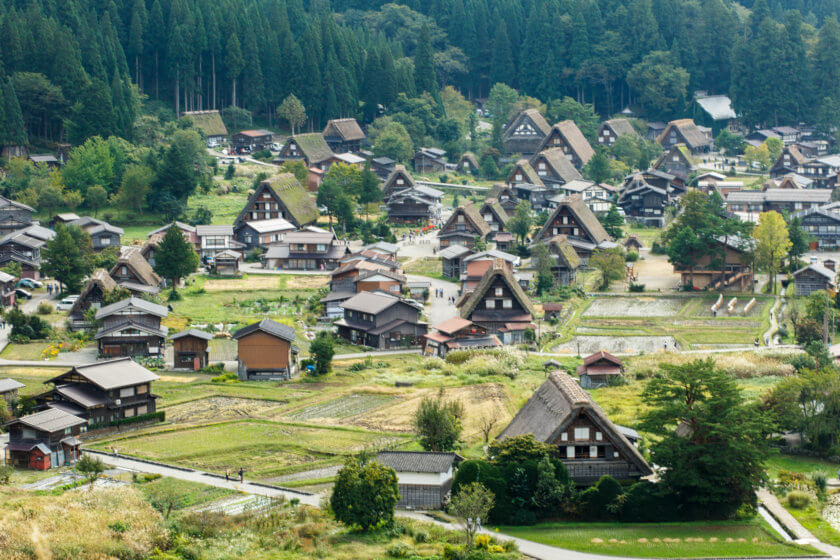
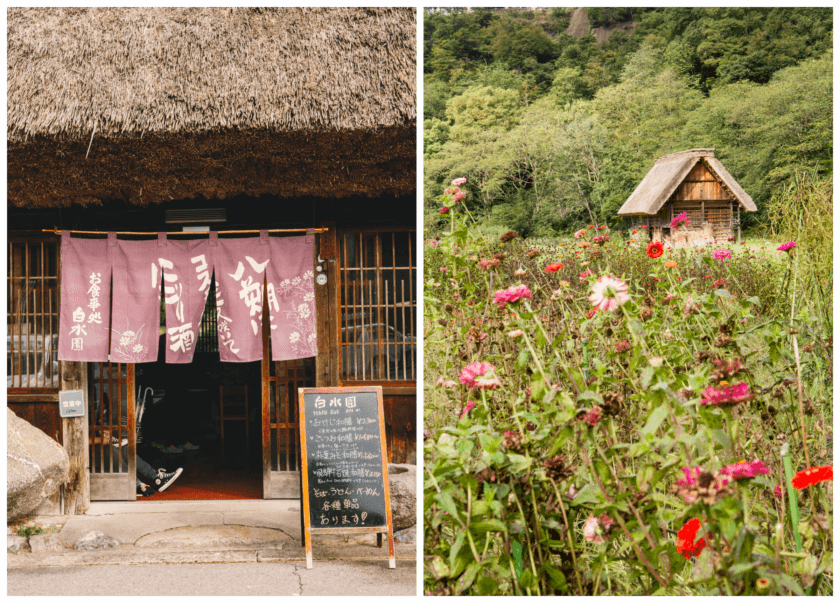
Our final stop in Gifu was yet another mountain town, this time one famed for its summer dance festivals. Guju is framed around a river, with similar architecture to Takayama but without the high street buzz. It’s incredibly quiet, and the sun is setting as we glimpse the Gujo Hashiman Castle on the hill side. In summer, the town welcomes visitors from around the world for the Gujo Odori Dance Festival, an all-night spectacle taking place for 32 nights straight. There are a number of campsites, Ryokans, hotels and other lodgings around the town, and during the day you can hike around hills, enjoy local food and the relaxed atmosphere, before heading out to dance the night away. You can see more information and view next year’s schedule .
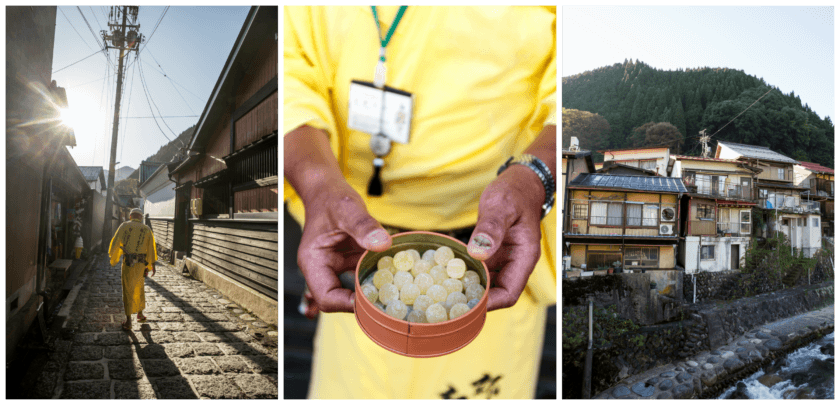
Takayama is around 4 hours by train from Tokyo, changing at Nagoya. From Osaka, it is around 3 hours, also changing at Nagoya station. From Takayama, it is possible to travel to Shirakawa-go Village and Gujo by bus.
Information
Getting Around: The Hokuriku region is accessible by the new Hokuriku Shinkansen Bullet Train which runs between Kanazawa and Tokyo. To head further from Kanazawa to Fukui and Gifu, you can take the Hokuriku line or the Takayama line. Buses are also a useful means of transport in the area. If you are planning on travelling extensively around the area, Japan Railways (JR) have a number of train passes which will save you money as you travel. These passes are cheaper for tourists if you buy them outside Japan.
Where to Stay: Accommodation in Japan ranges from hotels to hostels, guest houses and traditional Ryokans. In the countryside, staying in a Ryokan is a very unique experience which will become a highlight of your time in Japan. Most have Onsen (public baths), and often include breakfast and dinner in the price. You can see a list of Ryokans in the Hokuriku area .
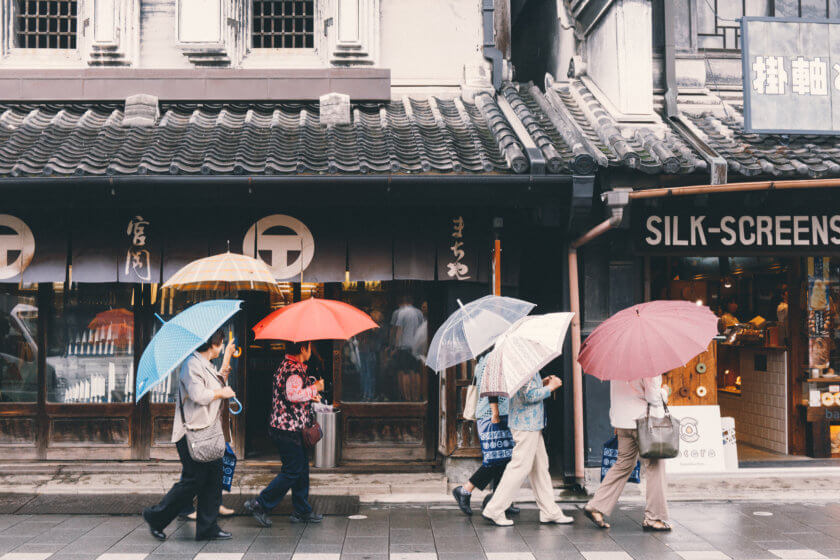
Language barriers: You may find language to be a barrier when travelling to parts of the Hokuriku region, primarily because the area sees few foreign tourists at present. In Fukui and Gifu, English is more widely spoken but in Saitama and Nigita you may see it necessary to hire an English speaking guide or scrub up on a few essential phrases in Japanese before you head into the area.
When to Go: Japan has four very distinct seasons and each has their own charm and appeal. We travelled to the Hokuriku region in early October and the weather was warm but with occasional rain. Spring and winter are the most popular times to visit this region – both for the cherry blossoms in spring and then the snowfall in winter.
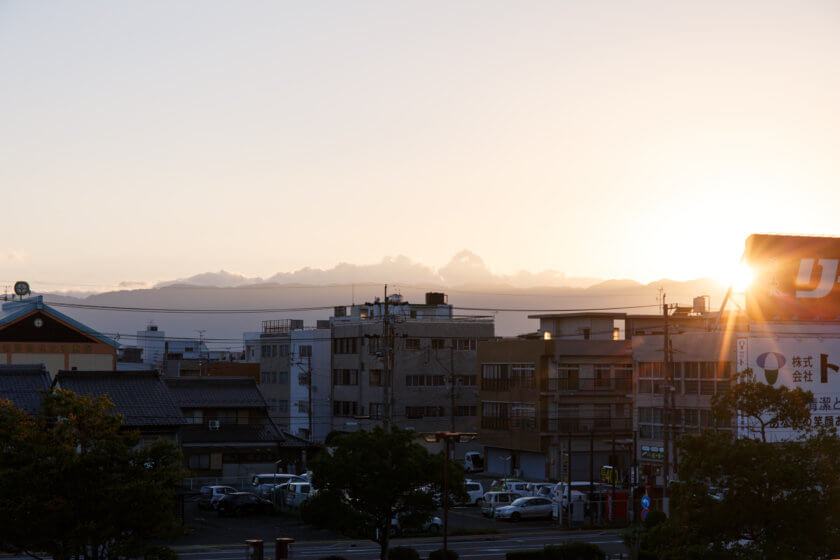
I was kindly invited to visit the Hokuriku region by the . All opinions expressed are my own.





























